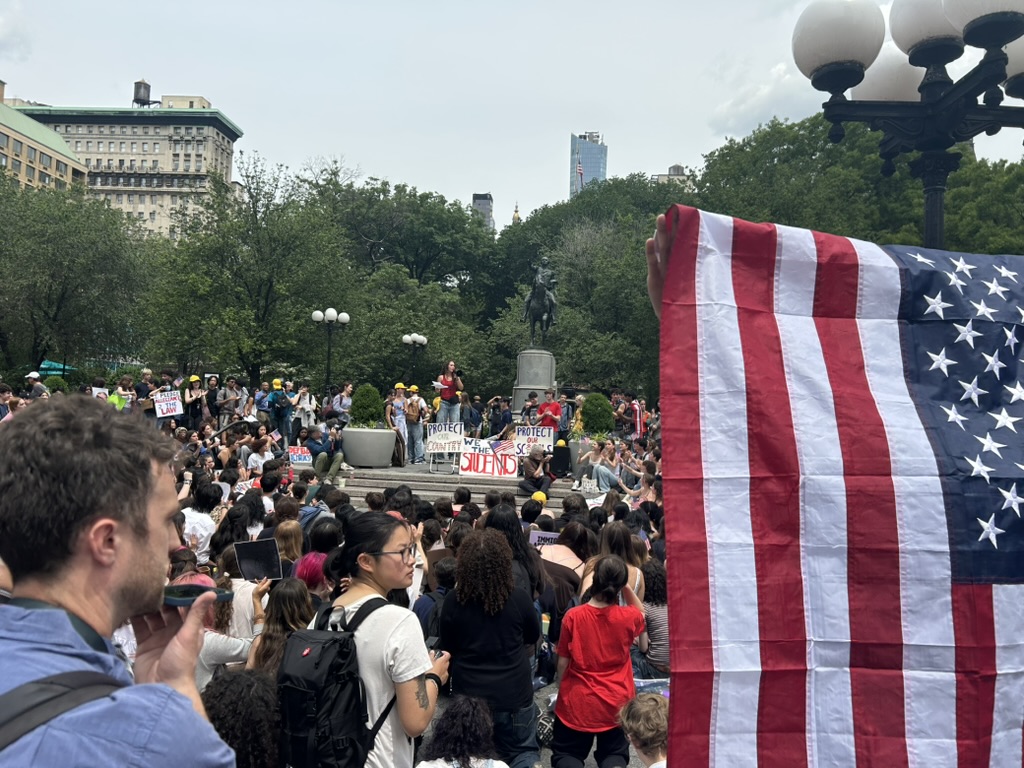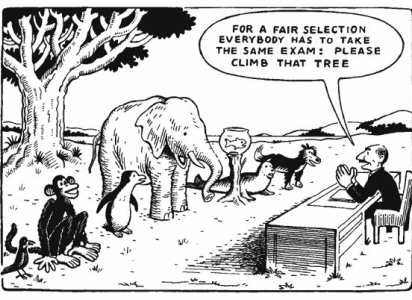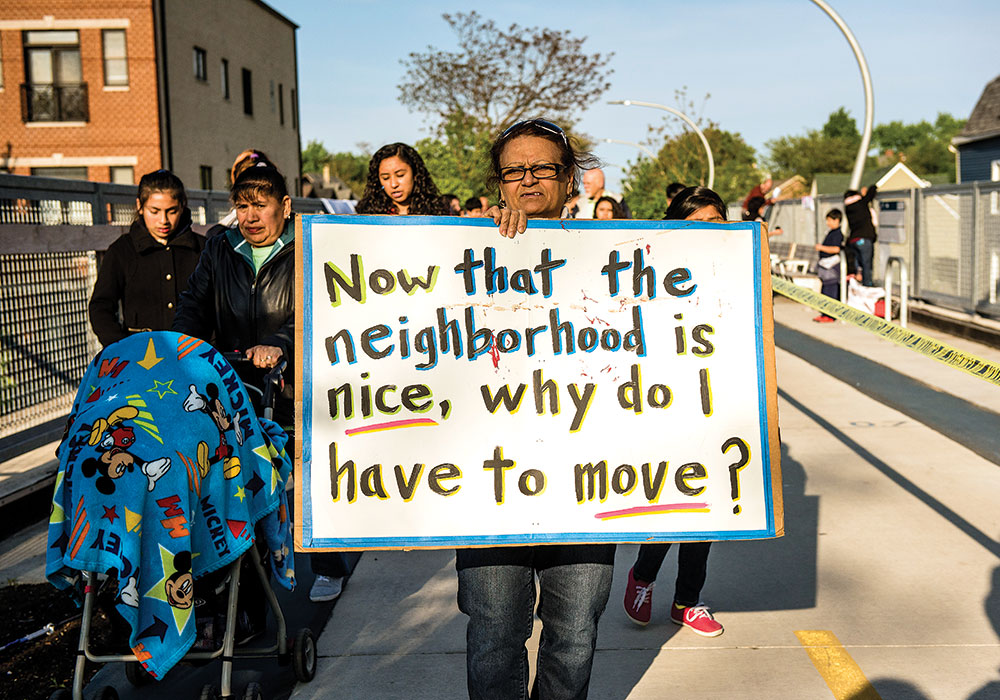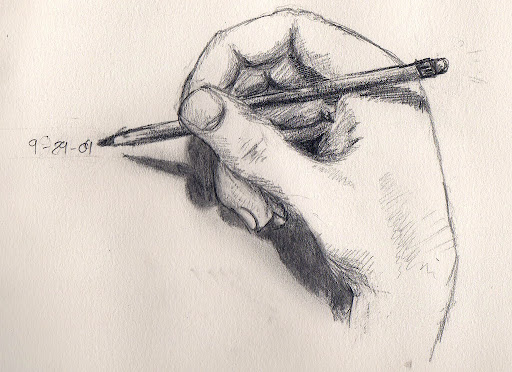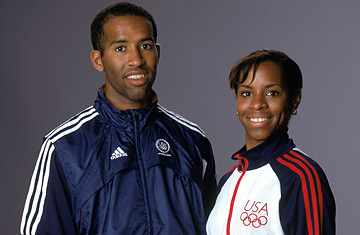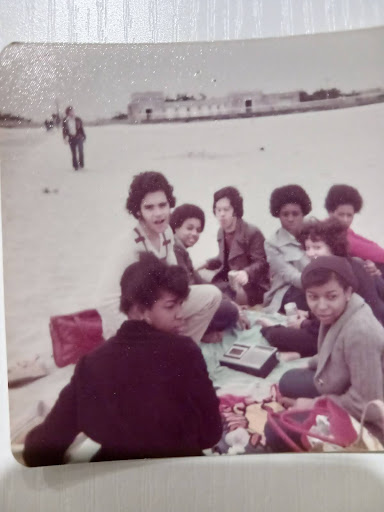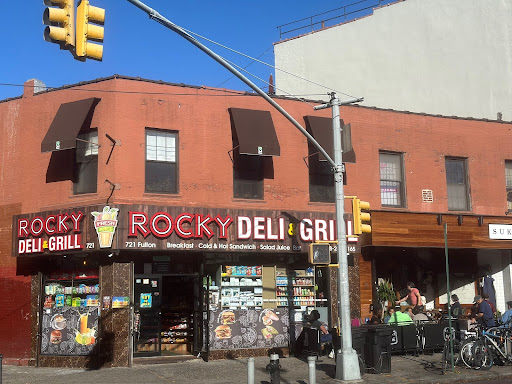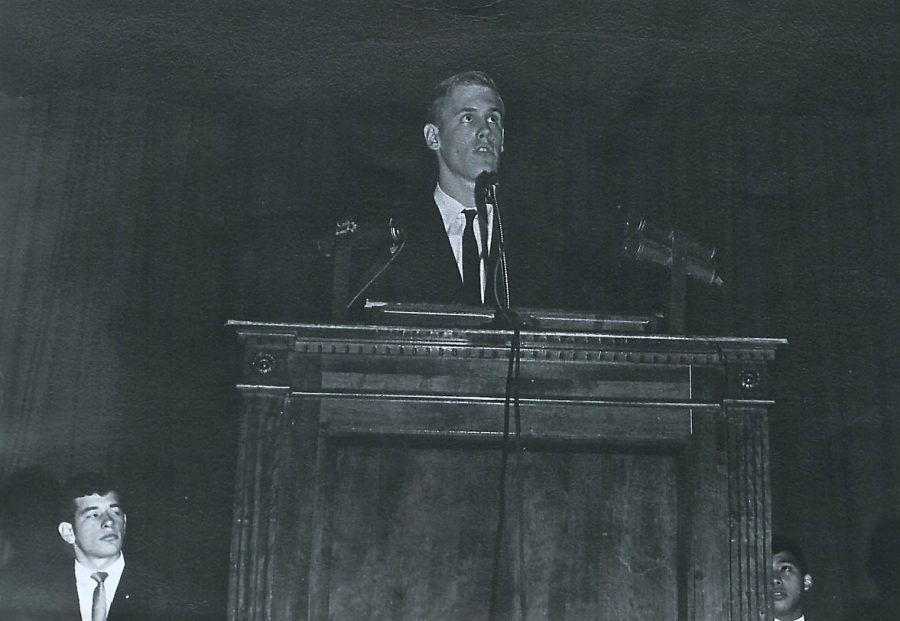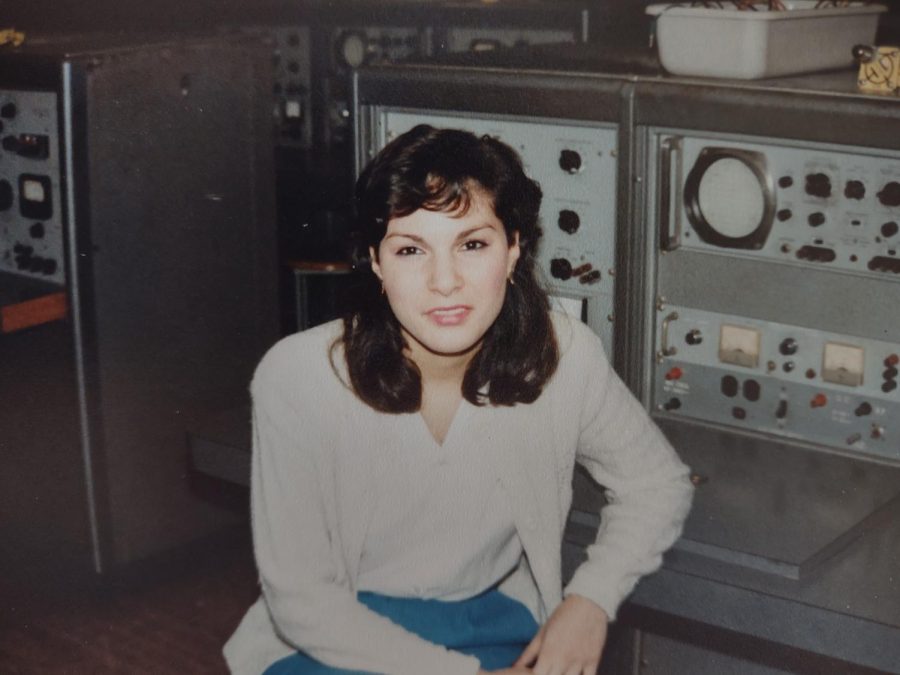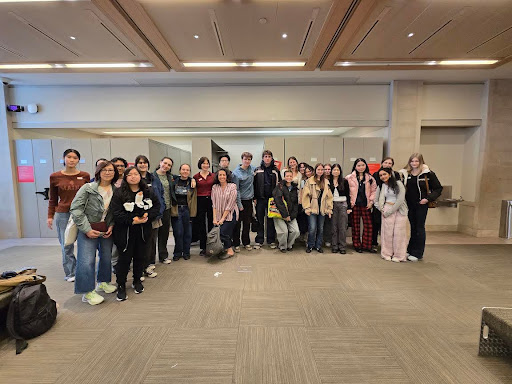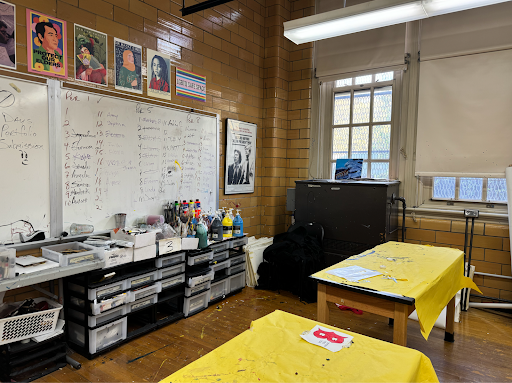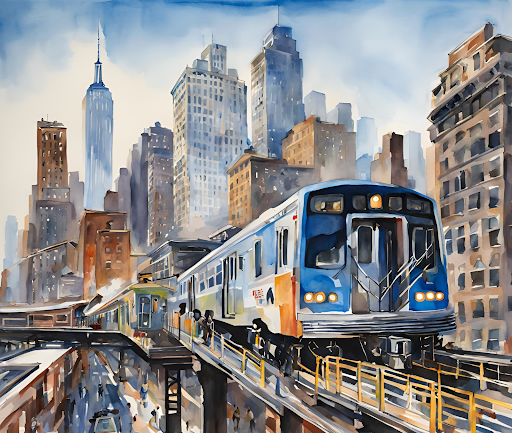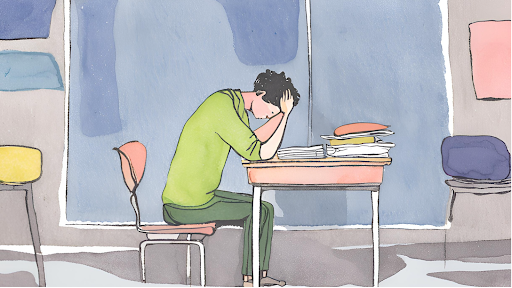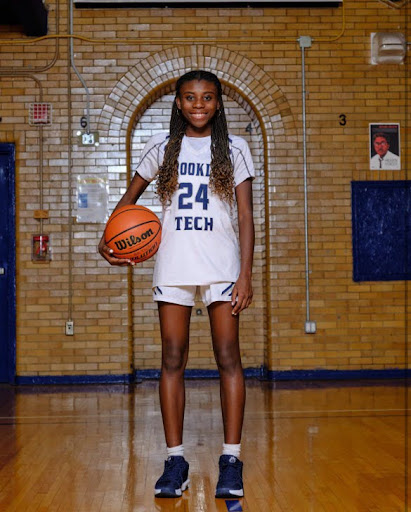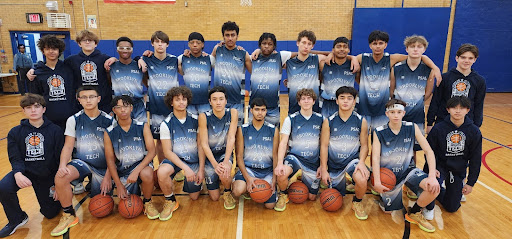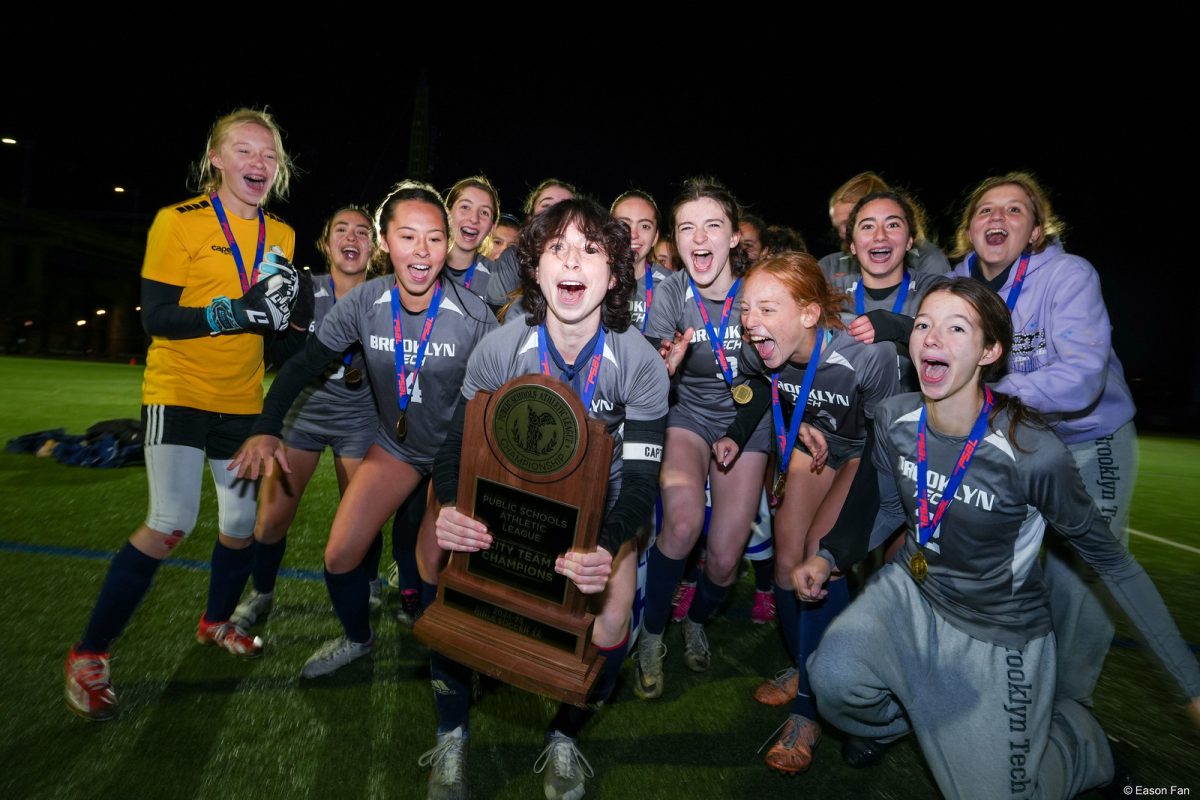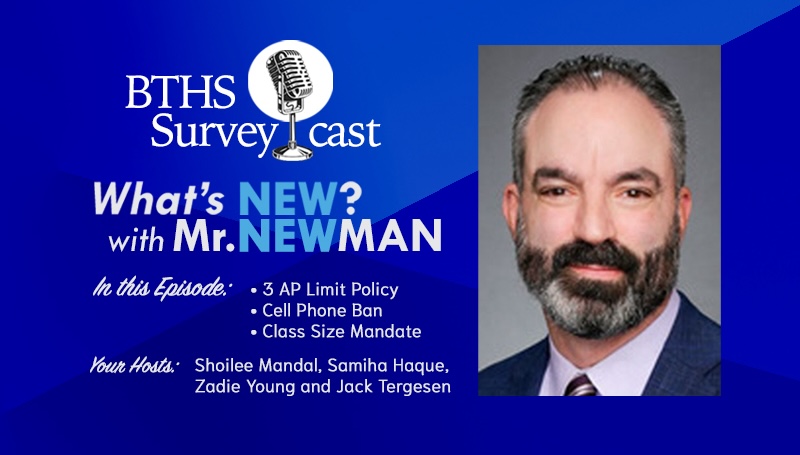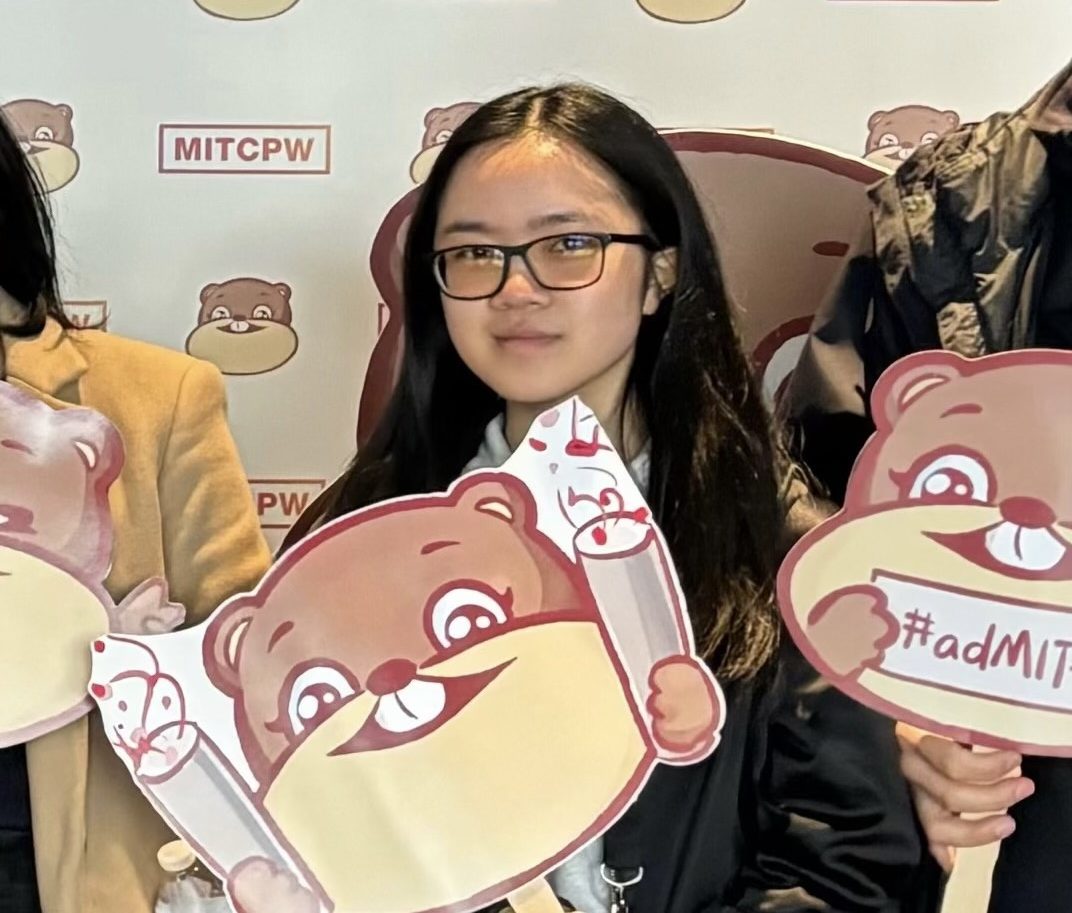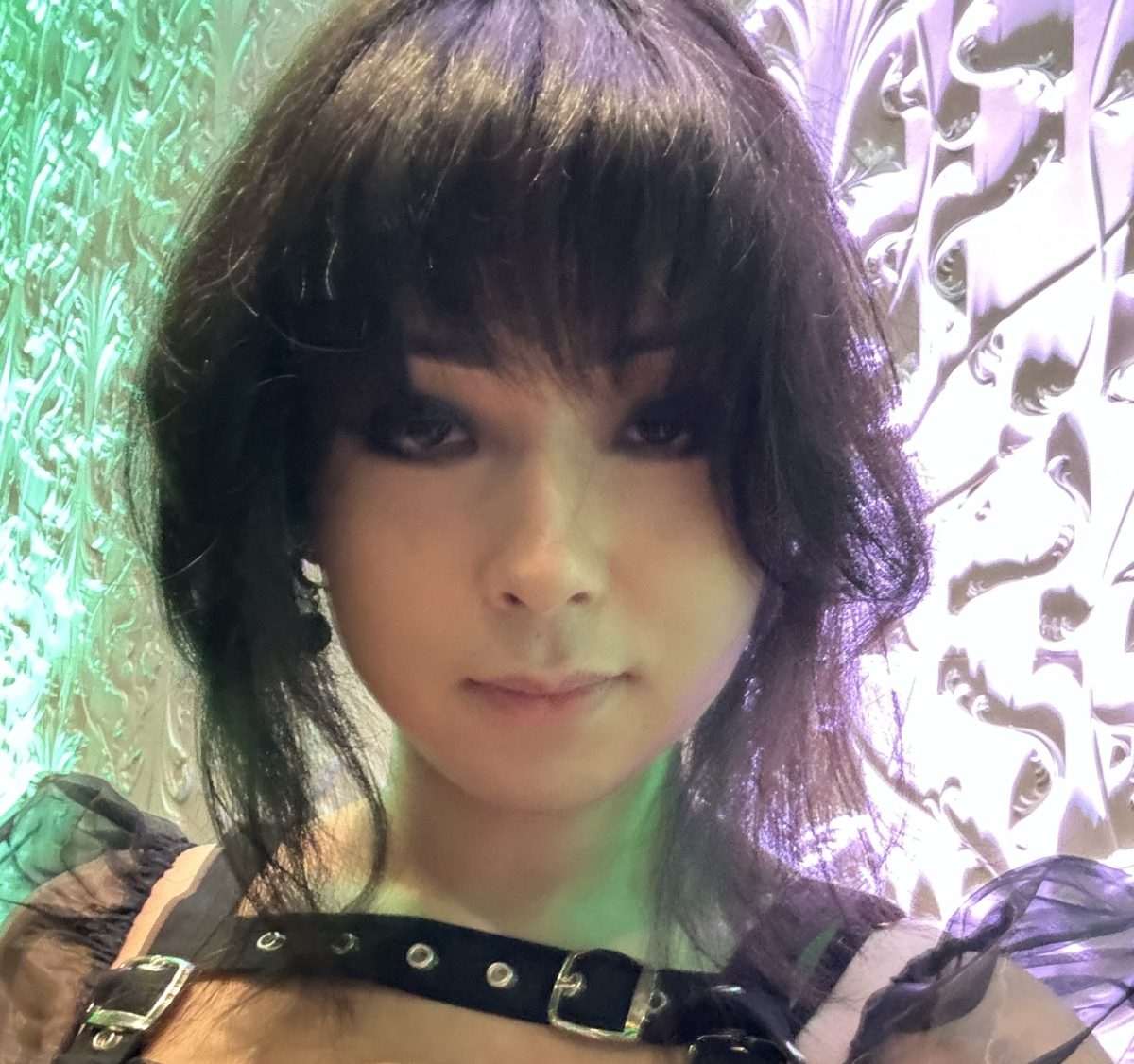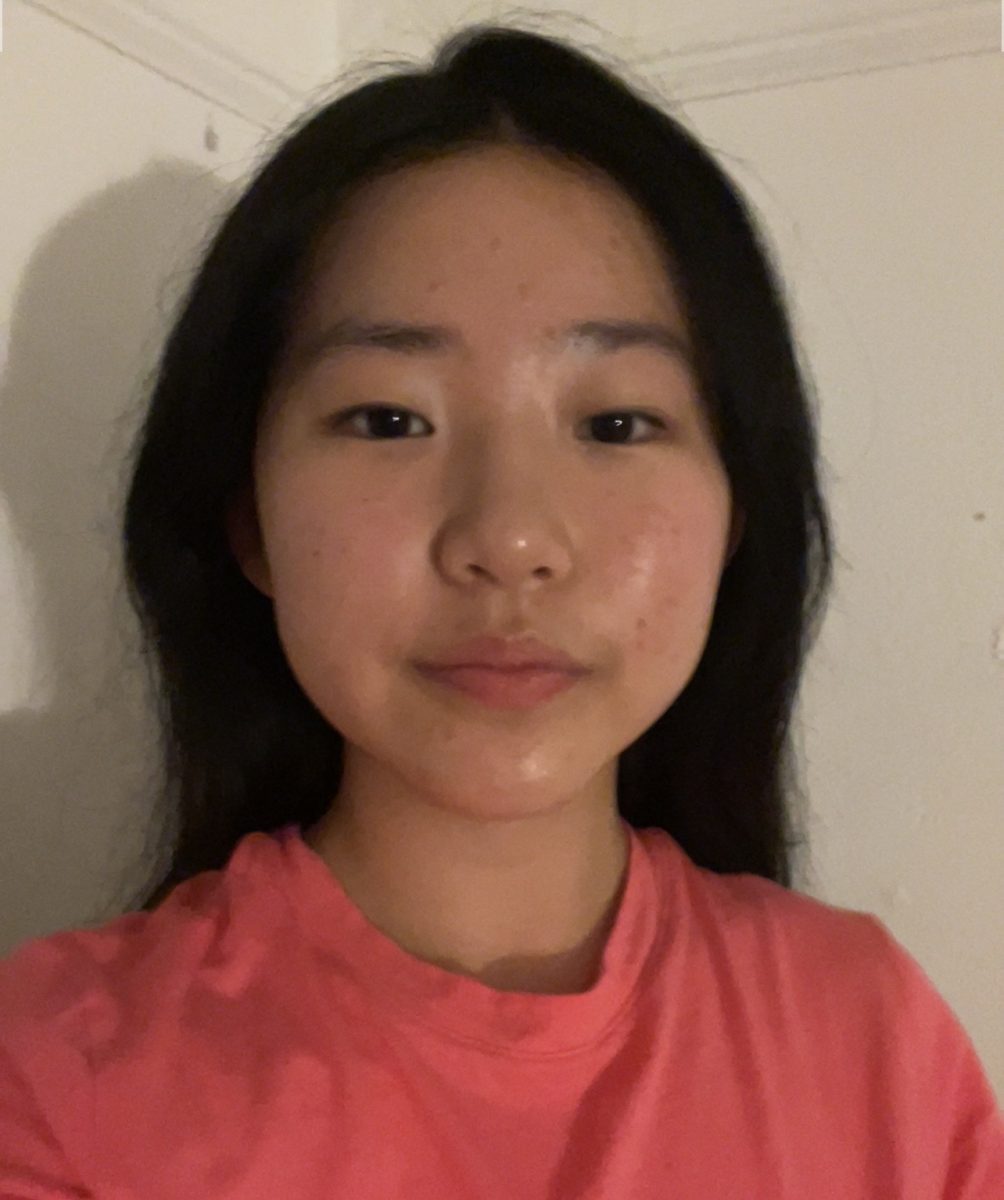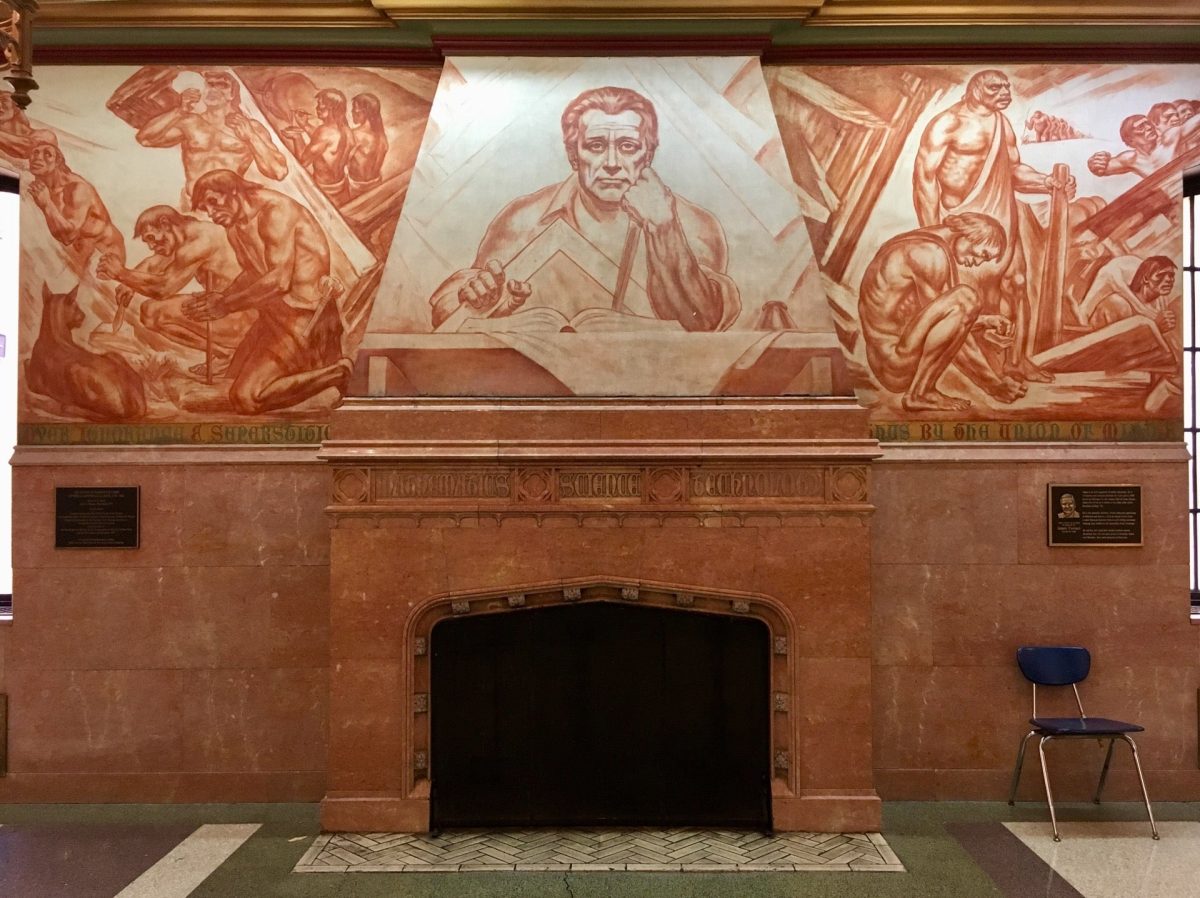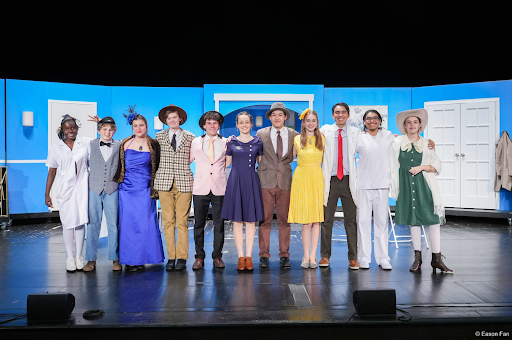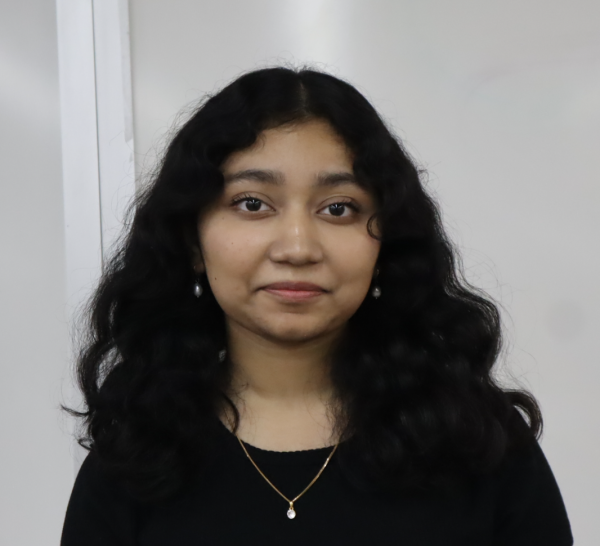At the heart of Brooklyn Tech’s first floor sits a monochromatic ochre mural that spans the walls of the center lobby. Created in 1941 by Ukrainian-born artist Maxwell Starr, the oil-painted mural, entitled The History of Mankind in Terms of Mental and Physical Labor, celebrated the school’s foundations through symbols and figures relevant to the first generations of Technites. From the faces of scientists to important developments in fields like astronomy and physics, the mural depicts various historical themes that represent the school’s core values.
Tech’s current building was completed during the Great Depression, in the fall of 1933, at a total cost of roughly $6 million. As a part of his New Deal programs designed to lift the country’s economy out of the Depression, President Franklin D. Roosevelt established relief employment programs, such as the Public Works of Art Project (PWAP) and Works Project Administration (WPA), which paid artists to create work for public buildings. Tech’s mural was one such work.
“The country wanted to make sure that artists were doing art,” said Principal David Newman. “Great artists were doing artwork instead of having to do something else to make money, so the federal government kept them employed as artists.”
Many artists in the WPA did not know exactly why their pieces were being made or where they would end up. Starr, however, was fully aware that Tech would showcase his site-specific mural, so he was deliberate in what, and whom, he depicted.
The mural is split into two sections: physical and mental labor, and focuses on the three themes of mind, work, and power. Starr paid tribute to the school’s focus on science education and innovation.
“The artist had this idea of incorporating the history of innovation and engineering along the theme of our school,” said Mr. Newman. “He was given free rein to do what he saw fit, and definitely centered it around his view of the school’s mission.”
The mural’s narrative timeline goes all the way back to early man and primitive tools, but symbolically and symmetrically, it seems to begin right above the fireplace with a man in a contemplative pose reminiscent of “The Thinker,” a renowned bronze sculpture by Auguste Rodin. The figure, who bears a passing resemblance to Franklin D. Roosevelt himself, holds what appears to be a protractor, capturing a strong commitment to engineering. 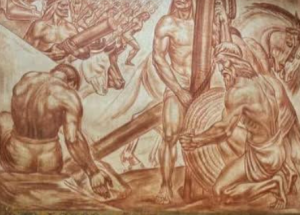
Physical labor is portrayed on the right side of the mantle, representing human-harnessed power with a heavy emphasis on mechanical labor and state-of-the-art technology at the time. Harkening back to the earliest origins of engineering, Starr included the domestication of draft animals like horses and the use of mechanical labor such as pulleys, rollers, and wheels.
Mental labor is illustrated on the left through the representation of cave paintings, the discovery of fire and glass, and the writing of Phonecian and Egyptian hieroglyphics. This section focuses on great scientists and mathematicians, like Galileo, Sir Isaac Newton, and other prominent figures from the Scientific Revolution.
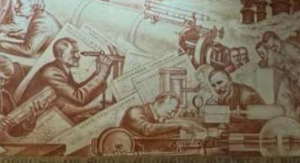
As time advances in the mural, prominent figures such as Louis Pasteur, Samual Morse, Alexander Graham Bell, and Thomas Edison are seen making their mark on human progress. Their portraits are depicted chronologically, surrounded by their key discoveries, including vaccination, pasteurization, morse code, the telegraph, and the lightbulb, respectively.
Starr wanted to vividly account for the history behind Tech’s founding throughout the space he was given. His work was compressed and tilted upwards, with many figures painted closely together.
New York City owns the mural and is required to preserve it as a historic landmark. In 1998, the Brooklyn Tech Alumni Foundation paid to restore the mural, preserving its intricate details, and renewing an appreciation of Tech’s long and storied past.
Despite the significance that the mural holds in Tech’s history, it does attract some critical attention today. Aerospace Engineering major Samuel Ashkenas (‘24), feels that the mural lacks inclusivity, feeling that “we should be using spaces in the school to highlight more people,” including figures like Marie Curie and Elizabeth Blackwell. While the mural represents the evolution of science and technology through different eras, it largely highlights white, male innovators, discounting the work of people of color and women.
Mr. Newman emphasized the importance of understanding Tech’s history. “I’m not saying take a course on Brooklyn Tech history,” said Mr. Newman. “[I] think it should find its way into some type of curriculum where students could understand a little bit about the legacy of the school, and the shoulders of the giants you stand on top of.”

